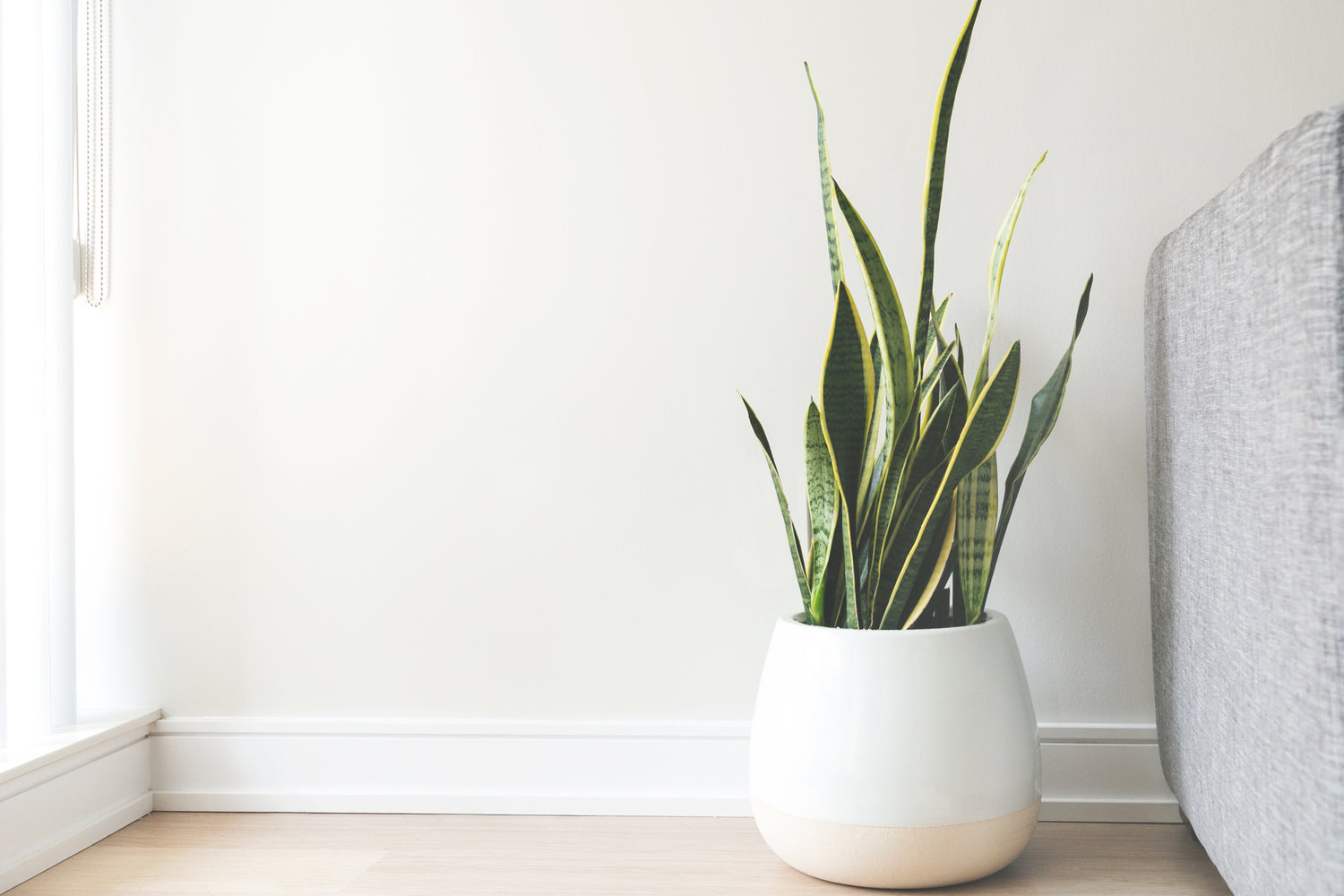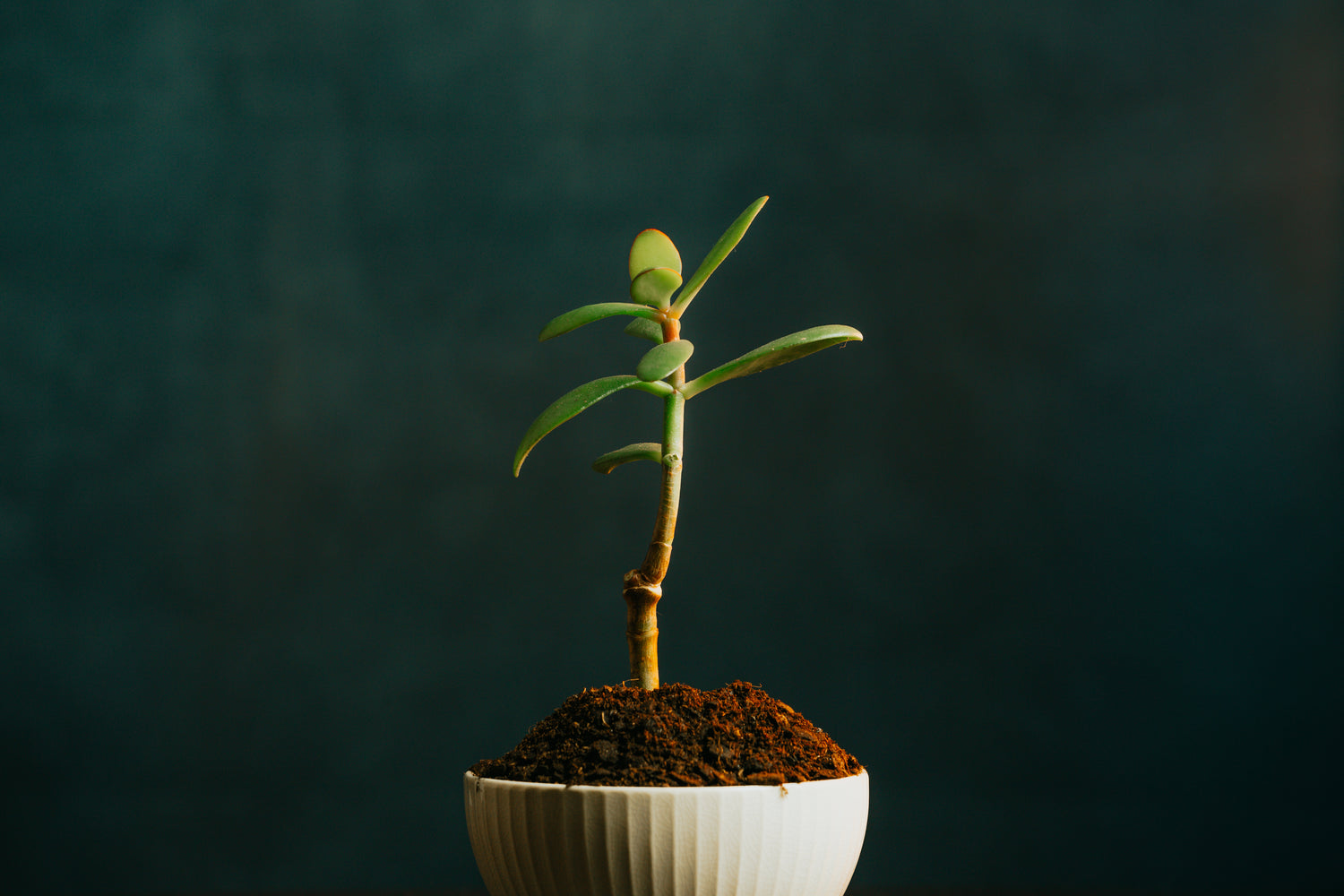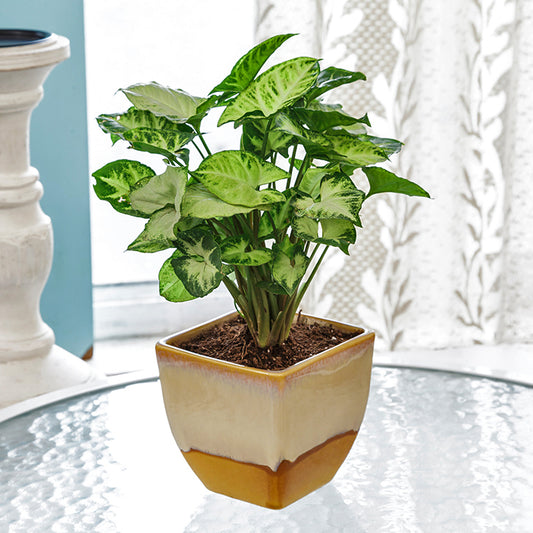
"A PLANTS GIVE US OXYGEN FOR THE LUNGS AND FOR THE SOUL"
SHOP NOWGinseng Ficus Bonsai Tree
Ginseng ficus is one variety of this large group of fig trees. It is most striking in appearance because it grows thick roots that stay exposed above the surface of the ground. As a bonsai, the effect is of a small tree standing on legs.
Delivering Plants. Delivering Happiness.
"Plants Give Us Oxygen For The Lungs And For The Soul."
"Indoor Plants" Add More Magnificence To A Space While Giving Beneficial Advantages, Such As A "Good Mind-Set", "Refining The Air", And Associated With "Nature" Without Venturing Outside.
Air-purifying Plants
Exotic Green Air Purifying & Oxygen Indoor Golden Pothos Plant with Red Ceramic Pot
Exotic Green Air Purifying Indoor Oxygen Plant Green Aglaonema (Chinese Evergreen) with Ceramic Pot
Example product title
Featured Collections
Why Exotic Green
Plant Care

Watering
How to watering indoor plant?
All houseplants have slightly different watering requirements, depending on how they're grown and changes in plant growth through the seasons. It's best to water on an as-needed basis rather than by a set calendar schedule. In general, plants grown in well-drained soil in an appropriate-size container should be watered when the top 1/2 to 1 inch of soil feels dry. Overwatering is one of the most common causes of houseplant death. If you're not sure how much to water, it's better to err on the dry side than to give your plants too much moisture.
Light
How much light do indoor plants need?
Light is just as important as water. All plants need light to carry out their necessary biological processes. Although all plants need some light to grow, some plants require a lot less than others.
Plants will either require bright or direct light (sunlight from a south-facing window) or indirect or filtered light (sunlight through a curtain or light from a bulb).
If plants don’t get the light they need, they won’t necessarily die, but they will stop producing new growth.
Humidity
What is a good humidity level for indoor plants?
Many house plants are native to tropical and sub-tropical climates, which means they get a fair share of high humidity in their natural habitat that we need to mimic.
Fortunately many plants we grow indoors adapt well to humidity levels, making this part of indoor plant care fairly easy in our homes. Some species may only need leaf misting to improve levels enough.
However, there are some species that need high levels which we have to provide them. Simple measures can be taken, such as misting, grouping plants, provide a humidity pebble tray or purchasing an electronic humidifier.
Fertilize House Plants
How often should indoor plants be fertilized?
Like watering, there's not an easy rule to know how much to fertilize: It depends on the plant's growth rate and age, and the time of year. Most houseplants put on a growth spurt in spring and summer, so this is the best time to fertilize them. During the short days of fall and winter, most houseplants don't need much, if any, fertilizer.
Repotting
Why should plants be repotted?
Indoor plant care will include repotting, which could be a transplant to a larger pot or the same pot with new soil and a clean up. Perfect time for pruning as well. Here a grower must consider the new pot size, pot type, soil to be used, and the time of year it should be repotted. Most house plants are repotted during spring.





























